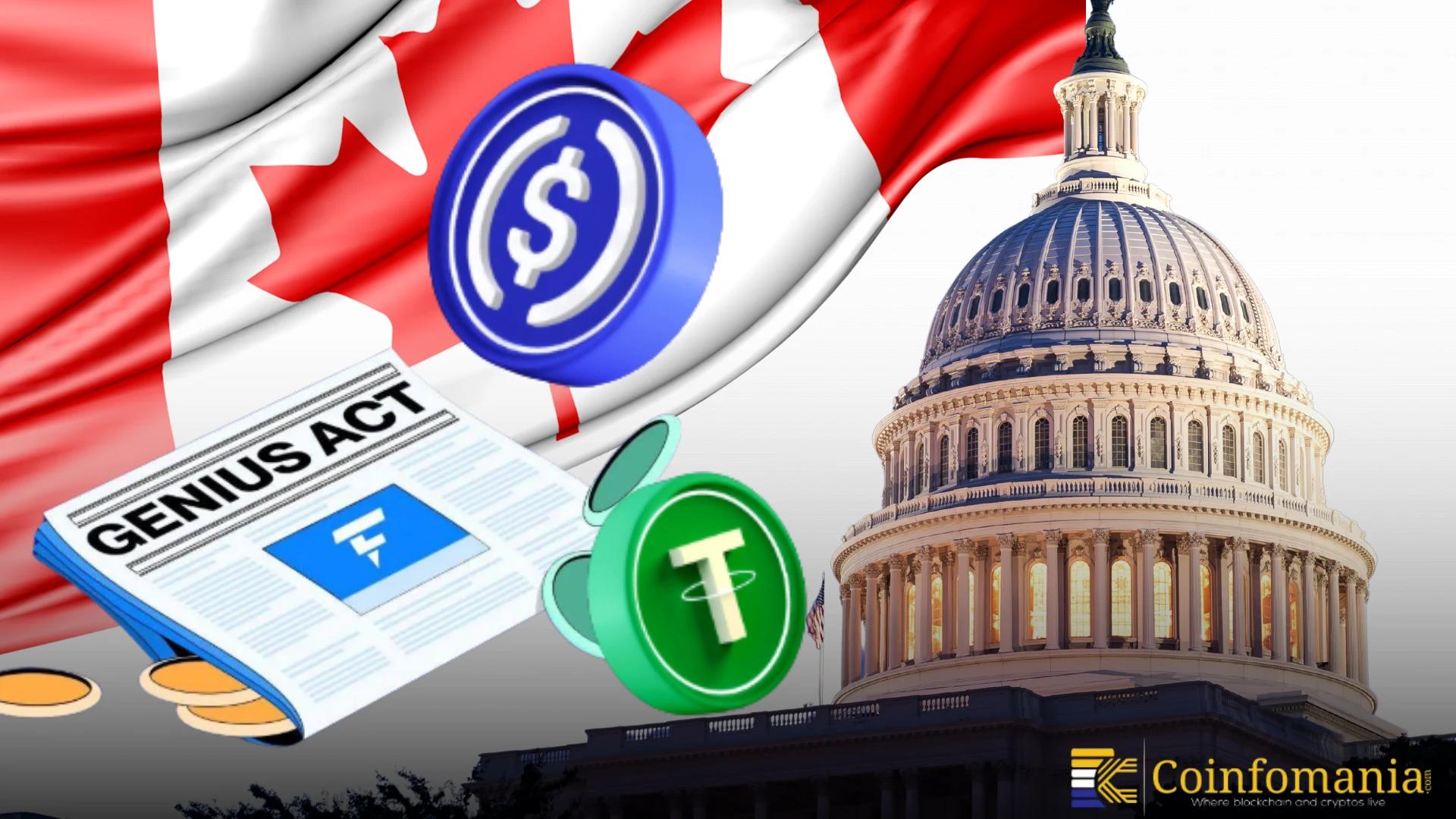Canada Stablecoin Rules Set to Reshape Digital Finance in 2025
Canada stablecoin rules in the 2025 budget set clear crypto standards to protect users, ensure transparency, and support safe digital growth.

Quick Take
Summary is AI generated, newsroom reviewed.
Canada’s 2025 budget includes a plan to regulate stablecoins for the first time.
Issuers must back tokens with real, verifiable assets.
The move follows global models like the US GENIUS Act and EU MiCA.
Canada aims to protect users while supporting safe crypto innovation.
Canada has announced plans to regulate stablecoins in its 2025 federal budget. The news, reported by Cointelegraph, shows that the country wants stronger control over its fast-growing crypto market. The move follows the United States’ GENIUS Act, which introduced similar rules earlier this year.
🇨🇦 NEW: Canada unveils plan to regulate stablecoins in its 2025 federal budget, following the US GENIUS Act.
— Cointelegraph (@Cointelegraph) November 5, 2025
Issuers must maintain sufficient reserves and robust risk management. pic.twitter.com/7E4Rs9UEe2
Stablecoins are digital currencies tied to real assets like the US dollar. They aim to keep a steady value, unlike coins such as Bitcoin that often rise and fall sharply. With this new plan, Canada hopes to protect users and build a safer space for crypto innovation.
What the New Rules Mean
The budget proposal gives clear instructions for companies that issue stablecoins. These issuers must hold enough real reserves to back every token they create. The reserves should include assets such as cash or short-term government bonds.
The government also wants issuers to build strong risk management systems. They must conduct regular audits, publish reports and clearly show how they store and manage funds. These steps aim to prevent fraud, mismanagement and sudden losses that have hurt the crypto world before.
Agencies like the Office of the Superintendent of Financial Institutions (OSFI) and FINTRAC will oversee the process and make sure the companies follow the rules.
Learning from the US and Europe
Canada’s plan draws lessons from other regions. The European Union’s MiCA law already sets detailed rules for crypto assets. The US GENIUS Act focuses on protecting reserves and improving transparency.
By following similar models, Canada wants to close regulatory gaps that criminals or unstable projects might exploit. It also wants to show investors that Canada is a reliable and forward-thinking place for crypto businesses.
Balancing Growth and Safety
Experts say clear regulations can help people trust Canada’s crypto market. When rules are simple and fair, banks and investors feel more confident to take part.
Still, some crypto founders worry that strict controls could make it harder for small startups to grow. They believe that innovation needs room to experiment. The challenge for Canada will be finding a balance between growth and safety.
What’s Next for Canada’s Crypto Plan
The government plans to hold meetings with banks, regulators and crypto companies before it finalizes the rules in 2025. Once approved, the new laws will take effect step by step so businesses have time to prepare.
Canada’s stablecoin rules marks an important moment for the country’s crypto industry. By creating clear rules and learning from global examples, Canada hopes to make stablecoins safer and build a more trusted digital economy.
References
Follow us on Google News
Get the latest crypto insights and updates.


